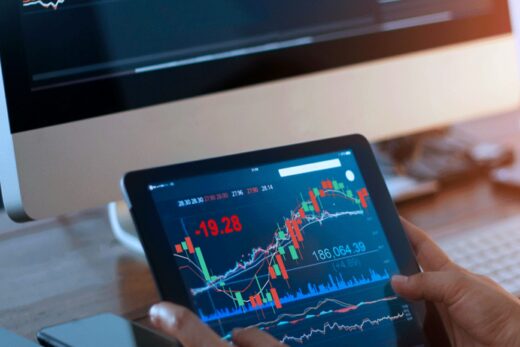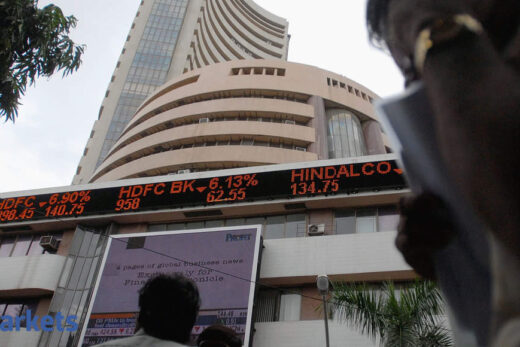Companies have carried out price hikes. But what about supply constraints and inflation in raw material prices? Going ahead, will industry have to carry out more price hikes?
The overall input costs have gone up by Rs 10,000 per tonne. The price hike has been ranging from Rs 4,000 to Rs 6,000 a tonne across all products. We are not expecting any more price increase in this particular month or in the next 15-20 days. Rather we are expecting the international freight rates to come down. Today the demurrage level is at $55,000-60,000 a day. It used to be about $15,000-20,000 a day. The coking coal prices are about $410 per tonne f.o.b Australia. We are looking for these prices to melt down or at least come down to a moderate level of about $350 or $360 a tonne. The scrap prices are at an all-time high of $550-570 a tonne.
We are expecting that the price of shredded crap should moderate to about $500 a tonne because the Chinese economy is passing through a very challenging time. There are more than 20 companies which are unable to meet their obligations in terms of bonds and because of the non-payment of bond instalments or the bond interest rates, it has created problems in China and the whole property market has gone down.
We feel that Chinese steel consumption will come down and take a hit of 5-7% in times to come. That will stabilise the world. Today it is abnormally high. I am sure there would not be any other price increase. If there is a price increase, then it will not be good for customers.
Are you then saying that there may not be a need to increase prices because the situation would normalise?
If the prices are too high then this becomes unaffordable for customers. Unaffordability means the overall offtake will be less and that is the situation we should avoid. There should be demand. The prices should be affordable. Today the prices in India are about Rs 70,000 a tonne, approximately. The construction bar prices are about Rs 55,000-58,000 a tonne. These prices are already on the higher side. But the steel industry is compelled to reach to that particular level because of input costs.
We are expecting that the input cost should go down. The iron ore prices have already started moving downwards. The coking coal prices are to move. The international freight markets are to be softened and prices of other consumables also need to soften. In 15-20 days time, the situation will normalise and I am not expecting any increase further. It should be avoided and we want the input costs should come down. The coking coal prices should come down.
We want the international freight prices to come down. There is a big jam in the Pacific Ocean from China to America. The entire sea route is full of vessels. The voyage time used to be about 7 to 10 days. The vessels are waiting there in the Pacific Ocean and South China Sea for more than 20, 30, 40 days and even as long as 50 days. Different governments and industries should work together to bring about normalcy in the world and we should try to reduce the costs. We should try to reduce the cost of coal whether it is steel coal or thermal coal or coking coal. Iron ore price is at a moderate level now and if the coal prices come down, there would not be any need for further price hike.
We understand that the Government of India is looking at selling some SAIL plants. Would you be interested if there are some inorganic assets available?
Apparently no because our policy is that we should grow Brownfield and that is easier and commercially viable. If we go for inorganic growth, then there are issues of the price tag; the advantages and disadvantages; the technology, especially if the plant is 20 or 25 years old. Things are changing very very rapidly in the world. In 2021, we are looking at technology for 2030 and an old plant would not be fit in our business plan.
But it is a business call. We will definitely participate if it comes to the table but our interest is in Brownfield or Greenfield expansions rather than going for acquisitions.
If I work with an assumption that because of ESG, a lot of new global capacity will not get added and if I work with the assumption that Chinese will not like to export steel because there is any hardly value addition there and they are cutting their own steel capacity, what happens to a company like JSPL? How large would be the export potential and could we see a complete shift as export realisation for steel companies are higher than domestic realisations?
Today also we are exporting about 40% of our total produce and this is a very good spot market, but it is not a healthy situation. The demand in the country should increase because domestic demand is always sustainable and we are expecting that 30-40% exports is alright but more than 40% exports is not a good sign because any ripple in the international market will affect the company adversely. So we have charted out a policy that we will be maintaining the export share of our total produce at 30- 35% and not 45% or 50%.
A CLSA report says JSPL is raising its capacity by 80% in the next five years. That means you are fairly confident that this steel cycle is there for at least three to five years?
I am fairly confident about a 10-year steel cycle, not three to four years. The government of India has taken a very ambitious plan which makes 300 million ton of steel production and consumption very feasible. This is a very solid and realistic plan. So to reach 300 million ton, the delta today is about 180 million ton. There are five large players in the country. These five large players today produce about 52 million ton steel. In the next five to six years, we will reach a level of about 120 or maybe 130 million ton steel.
The secondary sector and the small steel plants they are facing acute shortage of raw materials and because of the economy of scales will be losers in times to come as iron ore prices, scrap prices, DRI prices, coal prices are all very adversely affecting the small plants and it will be very difficult for them to expand further. All the with 500,000 tons of capacity per year or 200,000 tons per year will be phased out in times to come, not because of today’s planning but because of rising input costs and the situation will keep on creating problems for them to sustain and survive in such an environment, especially with the ESG issues.
We feel that the total production from the existing resources including the five large players in the country will reach about 180 -190 million ton. So from where will the balance 110 million ton come? The country will have to invite foreign direct investments in steel because 300 million ton is a very realistic target or the country will have to have a policy to support the newcomers in the industry or to support the brownfield expansions in the country.
So the cycle is going to remain for another 10 years and maybe more. China is reducing its capacity and production that is a good sign for India and the Indian steel industry will have to gear up. This is the reason JSPL plans to double the capacity by 2025. So doubling the capacity means we will be at a level of about 17-18 million ton, still the gap is too wide. How to fill in this particular gap is a big question not only for us but for the entire industry and for the government also.
The government is very ambitious. The NITI Aayog, the Steel Ministry and the government of India has charted out a solid plan. We have to reach 300 million ton of production and that is a very realistic plan. This particular cycle will continue for one decade.



